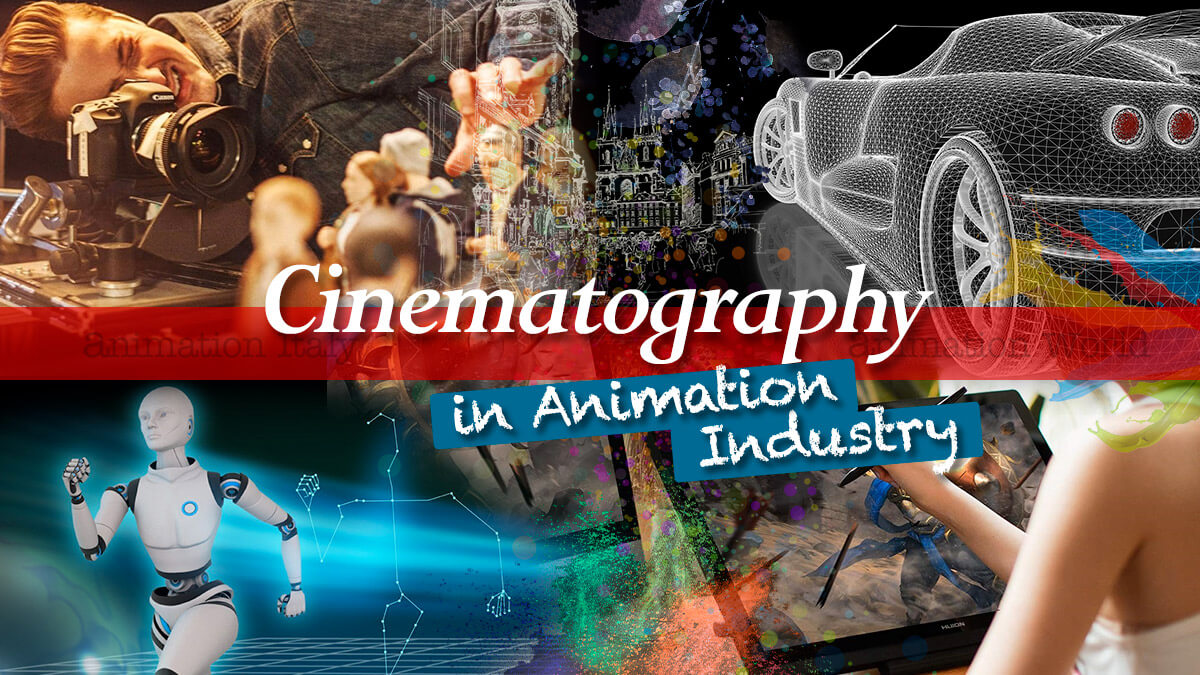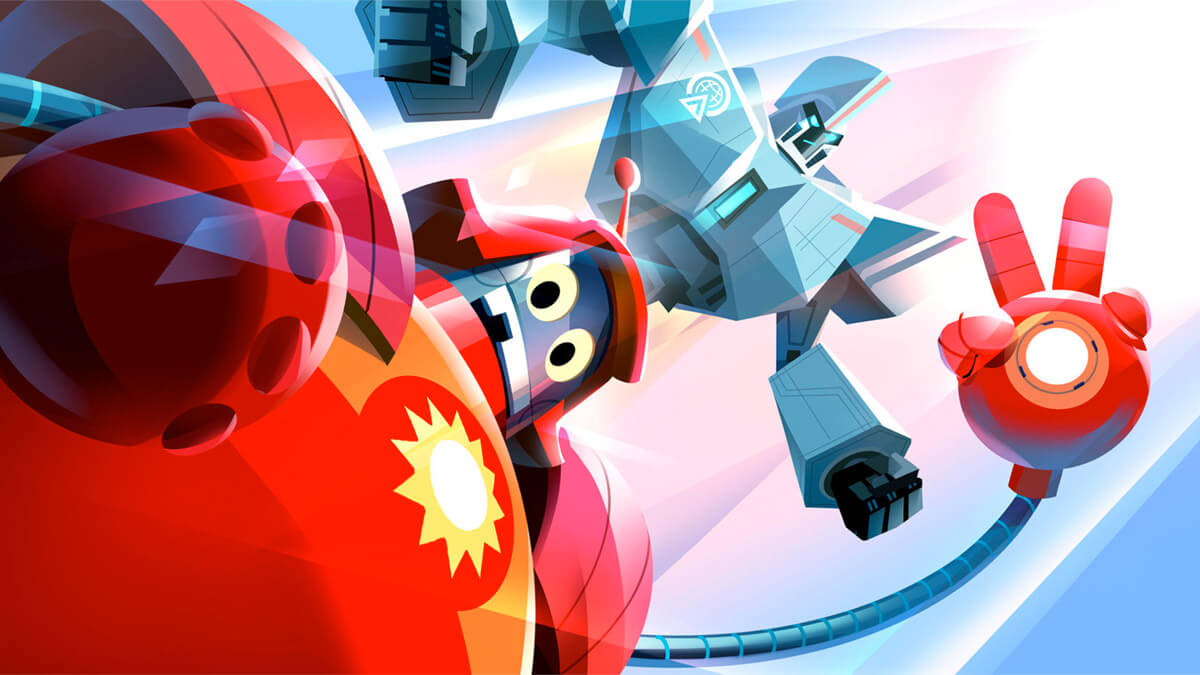
February 13, 2021

Cinematography: Dolly Zoom
Read...

Today we inaugurate a new appointment dedicated to more professional topics. Advanced tutorials on techniques used in the animated production industry. Cinematography in Animation Industry today talks about Dolly Zoom.
"A concentrate of emotions.", this is what the Dolly Zoom shows. Even if you are unfamiliar with the technique, you feel it when it is used, especially when used in an "animated" production.
The technique was developed in 1957 by Irmin Roberts and then used in numerous films. It is basically divided into two parts, as the name suggests: Dolly and Zoom. The first is a camera movement (in live-action films it is usually mounted on a trolley) while the second, more complex, is performed by the camera lenses.
When this technique is applied, the two operations just described move opposite each other. If you want to "condense space" use the dolly backward and zoom-in. If you want to "expand the space", these two techniques are reversed.
If these techniques are linked to the emotions of a character, this one will always be in focus and in the same proportions between these two movements.
In 3D CG animated productions, managing this technique is very simple, as the camera is virtual. Something more complex in the productions with two-dimensional drawings, mainly because the background has nothing three-dimensional at all.
Jesse Tribble, author of this special, analyzes one of the opening scenes of The Lion King (1994) in which the directors want to capture the audience's attention and tie it to the little protagonist to emphasize the event he is experiencing.
It starts with the classic frame-by-frame animation techniques, moving the background composed of a single image, under the elements (cell) in the foreground, to arrive at the first front zoom techniques using different "levels" in which the background is divided, technique developed by Walt Disney.
The digital world offers unlimited options for camera movements in a huge sandwich between elements in the foreground, in the middle, in the background, to the last layer: the sky. But this is not synonymous with simplicity. In fact, it is necessary to know the elements well to understand the correct focus, exposure, lighting and much more.
[ Fra - source Jesse Tribble ]
"A concentrate of emotions.", this is what the Dolly Zoom shows. Even if you are unfamiliar with the technique, you feel it when it is used, especially when used in an "animated" production.
The technique was developed in 1957 by Irmin Roberts and then used in numerous films. It is basically divided into two parts, as the name suggests: Dolly and Zoom. The first is a camera movement (in live-action films it is usually mounted on a trolley) while the second, more complex, is performed by the camera lenses.
When this technique is applied, the two operations just described move opposite each other. If you want to "condense space" use the dolly backward and zoom-in. If you want to "expand the space", these two techniques are reversed.
If these techniques are linked to the emotions of a character, this one will always be in focus and in the same proportions between these two movements.
In 3D CG animated productions, managing this technique is very simple, as the camera is virtual. Something more complex in the productions with two-dimensional drawings, mainly because the background has nothing three-dimensional at all.
Jesse Tribble, author of this special, analyzes one of the opening scenes of The Lion King (1994) in which the directors want to capture the audience's attention and tie it to the little protagonist to emphasize the event he is experiencing.
It starts with the classic frame-by-frame animation techniques, moving the background composed of a single image, under the elements (cell) in the foreground, to arrive at the first front zoom techniques using different "levels" in which the background is divided, technique developed by Walt Disney.
The digital world offers unlimited options for camera movements in a huge sandwich between elements in the foreground, in the middle, in the background, to the last layer: the sky. But this is not synonymous with simplicity. In fact, it is necessary to know the elements well to understand the correct focus, exposure, lighting and much more.
[ Fra - source Jesse Tribble ]
RELATED NEWS











 Animation World
Animation World